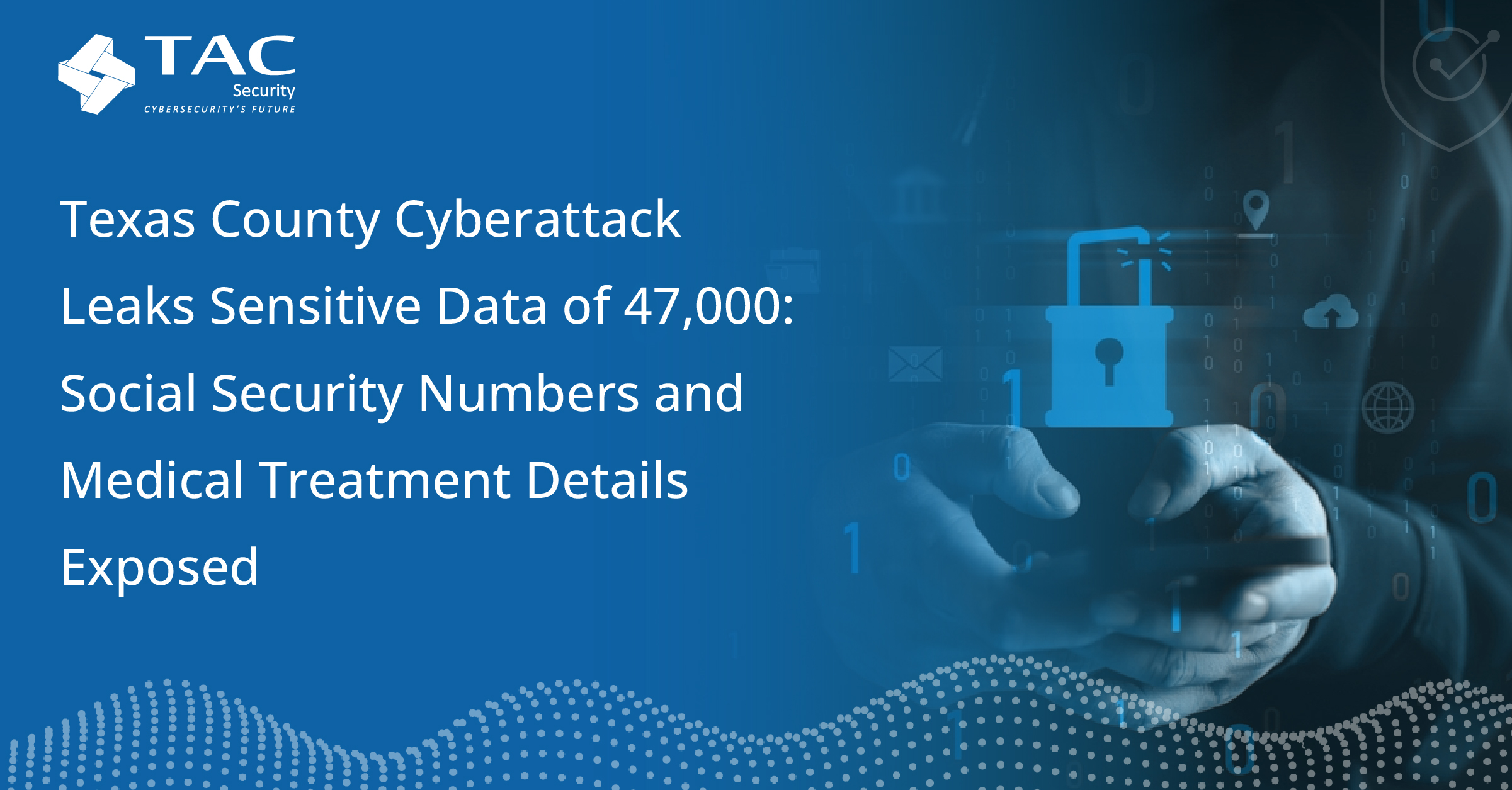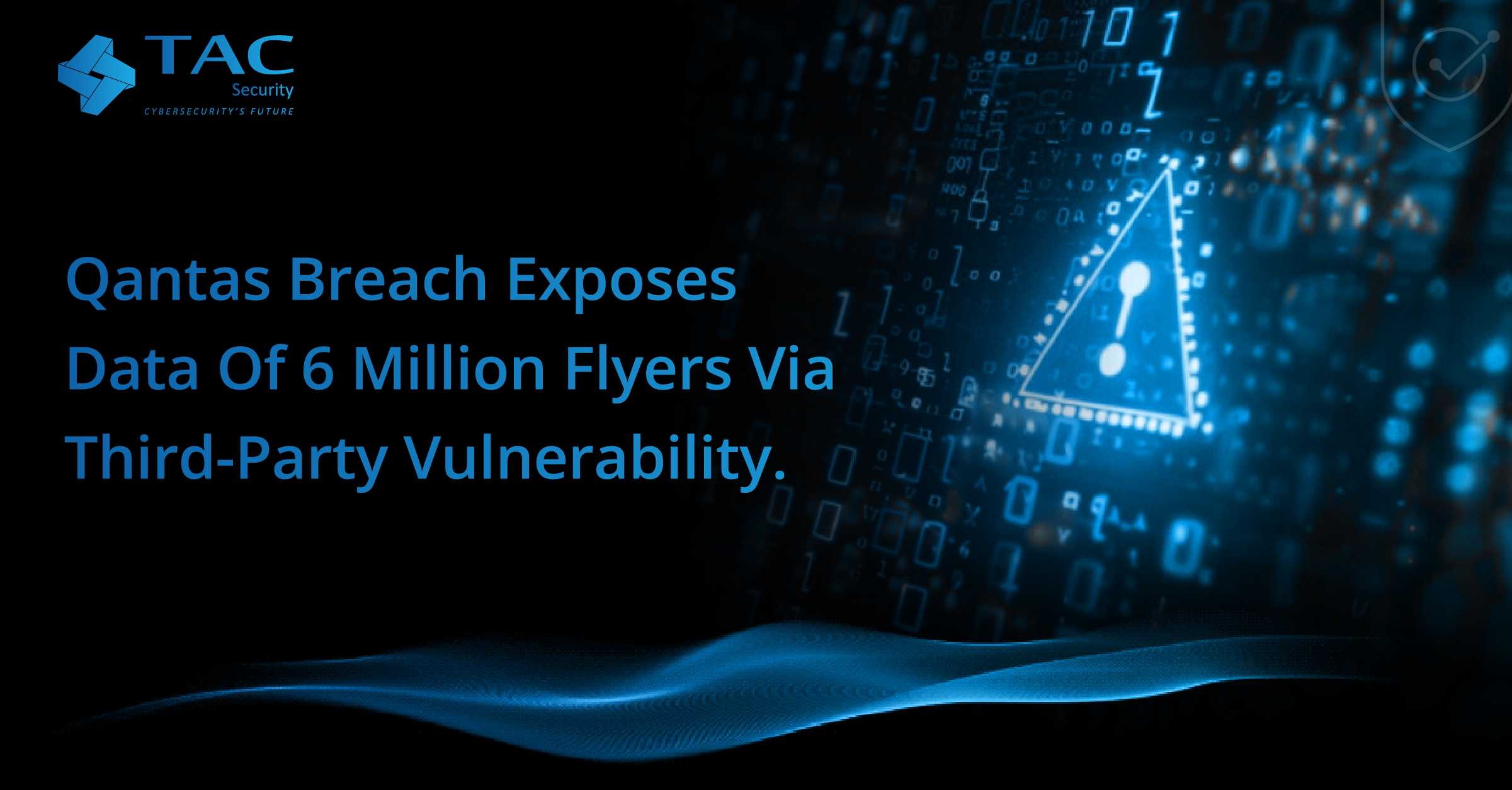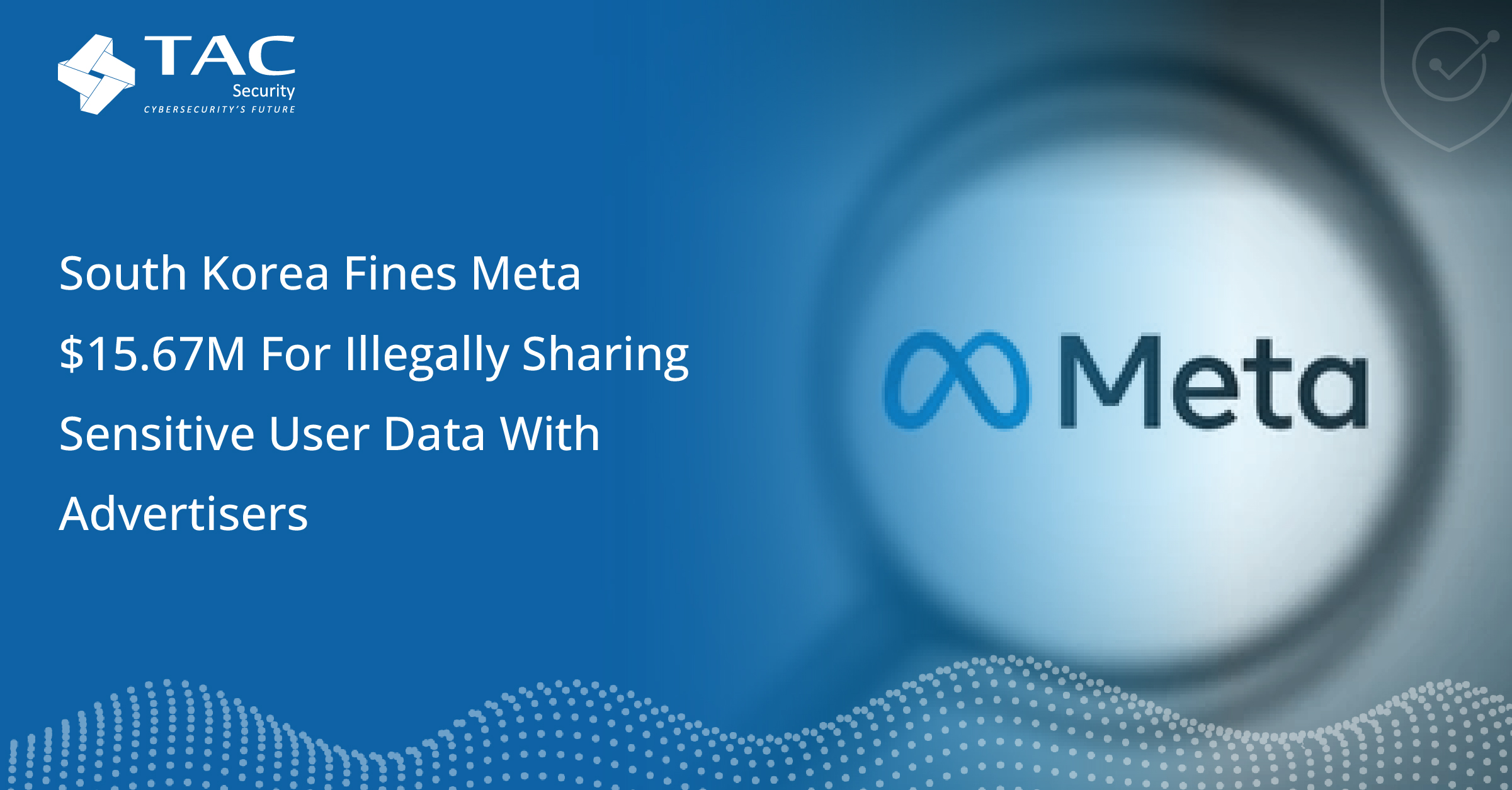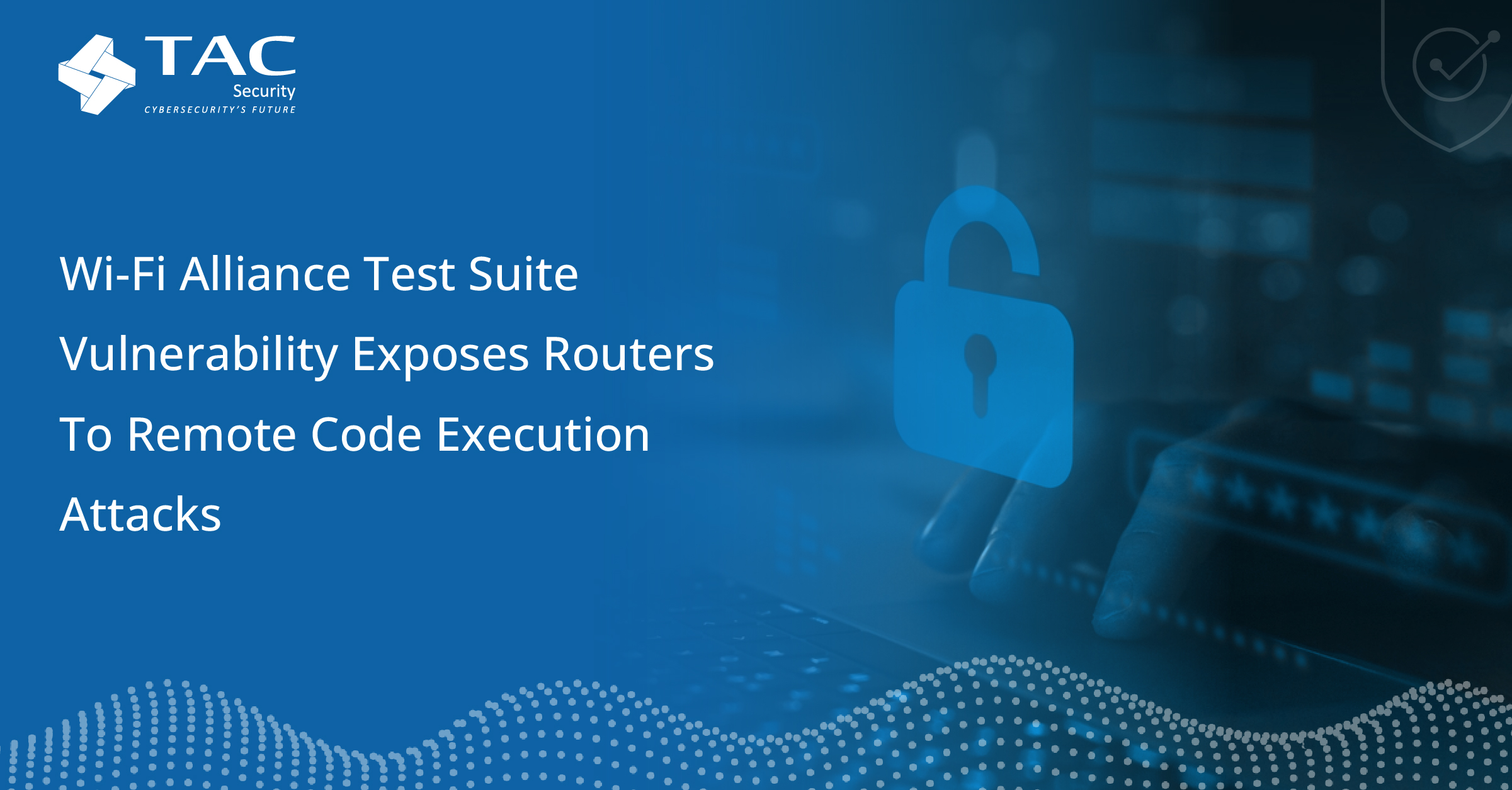Texas County Cyberattack Leaks Sensitive Data of 47,000: Social Security Numbers and Medical Treatment Details Exposed

In another disturbing reminder of the risks associated with cyberattacks on local governments, a Texas county has disclosed a breach in May that led to the exposure of sensitive data belonging to approximately 47,000 individuals. The leaked data includes Social Security numbers (SSNs) and confidential medical treatment information, both of which are highly sensitive and valuable to cybercriminals. This breach brings to light the vulnerabilities that local government systems face and the critical need for robust cybersecurity measures.
What Happened?
The Texas county, which has not been publicly named in some sources, confirmed that it experienced a cyberattack in May. During the attack, cybercriminals gained unauthorized access to the county’s systems, exfiltrating personally identifiable information (PII) and protected health information (PHI). Among the compromised data were Social Security numbers and details about medical treatments.
The county’s IT and cybersecurity teams have been working with law enforcement to investigate the breach and assess the damage. However, the attack has already raised significant privacy and security concerns, particularly due to the nature of the leaked data.
The Risks Associated with Leaked SSNs and Medical Treatment Information
The type of data exposed in this breach is particularly valuable to cybercriminals:
- Social Security Numbers: SSNs are a critical piece of PII that can be used to commit identity theft. Criminals can open fraudulent accounts, apply for loans, or file tax returns using stolen SSNs, leading to severe financial and personal damage for the victims.
- Medical Treatment Information: Medical information can be exploited in various ways, from committing insurance fraud to leveraging it for extortion. Medical records are often used to commit medical identity theft, wherein cybercriminals impersonate individuals to receive medical care, file false insurance claims, or access prescription medications.
The exposure of both SSNs and medical treatment details in a single breach is particularly concerning. The stolen data can be used to create a comprehensive profile of affected individuals, enabling a wider range of fraud and identity theft schemes.
Why Local Governments Are Targeted
Local governments are becoming increasingly popular targets for cybercriminals. Counties, municipalities, and other small government entities often handle vast amounts of sensitive data but may lack the cybersecurity resources of larger organizations. Factors contributing to their vulnerability include:
- Legacy Systems: Many government agencies still rely on outdated IT infrastructure, which is more susceptible to attacks.
- Limited Cybersecurity Budgets: Local governments often lack the funds to invest in cutting-edge cybersecurity measures, leaving them vulnerable to attacks.
- High Value of Data: Government databases contain a treasure trove of sensitive information, from SSNs to health records, which can be highly profitable on the dark web.
The Role of Cybersecurity Solutions
To combat these rising threats, educational institutions must adopt comprehensive cybersecurity measures. TAC Security’s Enterprise Security in One Framework (ESOF) offers a robust solution:
1.Vulnerability Management: ESOF continuously identifies and addresses security weaknesses, reducing the likelihood of exploitation, as seen in the BBZ incident.
2.Incident Response: The framework facilitates swift incident response, enabling institutions to mitigate the effects of attacks effectively.
3.Threat Intelligence: Real-time threat intelligence keeps institutions informed about emerging threats, allowing for proactive security measures.
4.Compliance and Reporting: ESOF helps maintain regulatory compliance and generate necessary reports, reducing legal risks associated with data breaches.
Conclusion
The Texas county cyberattack serves as a stark reminder of the vulnerability of local government systems to cyber threats and the potentially devastating consequences for individuals whose data is compromised. For local governments, this incident underscores the need to prioritize cybersecurity investments and implement proactive measures to protect against evolving threats.
By learning from incidents like this, local governments can better safeguard their citizens’ sensitive information and ensure public trust in their digital systems. As cyber threats continue to rise, investing in security is not just an IT matter—it is essential for the safety and well-being of communities across the nation.





